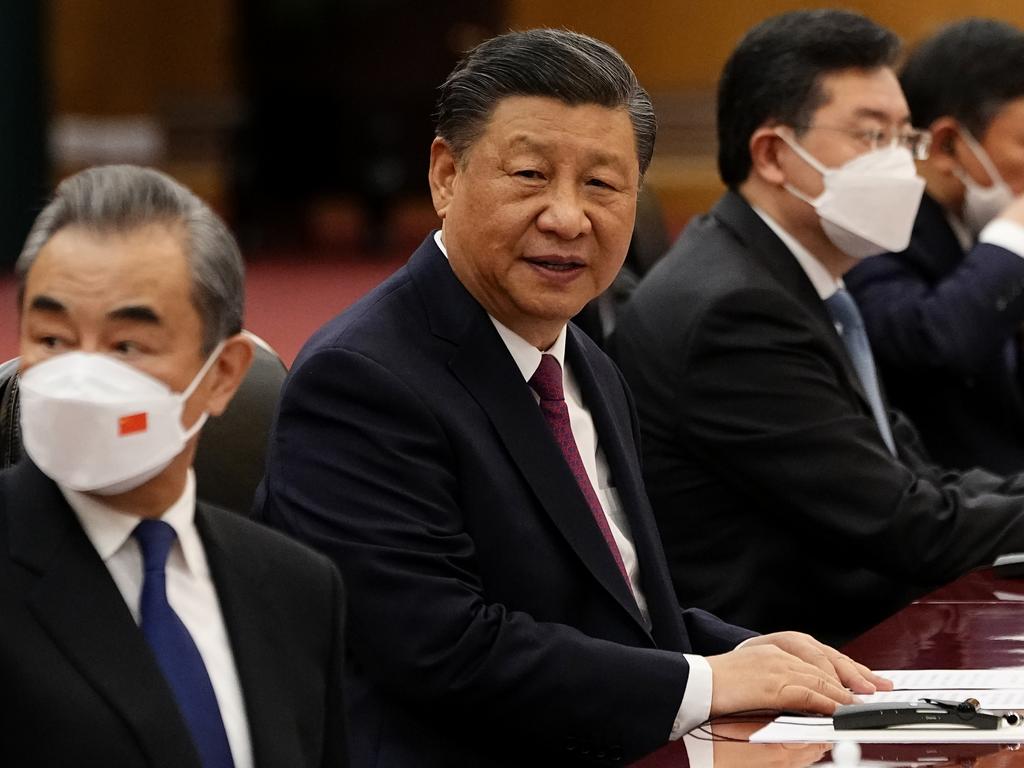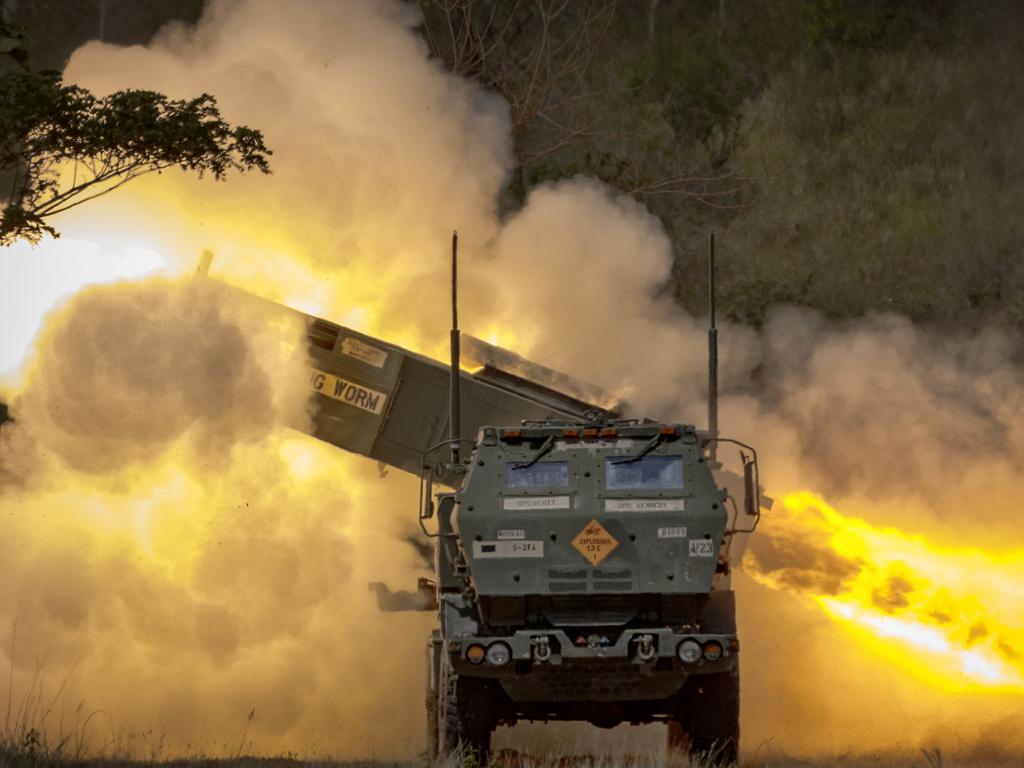Frankenstein-style Defence Strategic Review fails on credibility
The Defence Strategic Review is a patched-together policy document, delivering no new money, a gaping wound in the Australian army, bucketloads of extra reviews and the delivery of vital equipment pushed years into the future.

The Dibb review lasts as a model of good policy because the work was the product of a strong-minded individual given top cover by then defence minister Kim Beazley to say what he thought. Less than 10 per cent of Dibb’s report was held back from public release. The government then chose which parts it adopted.
Marles will come to regret the comparison. The awkwardly titled National Defence: Defence Strategic Review released the day before Anzac Day is a collection of unfunded compromises and shocking policy gaps.

This is not the review written by Stephen Smith and Sir Angus Houston, nor is it a declassified summary of their review. NDDSR was written by Defence officials. It may have echoes of Smith and Houston’s work but more fundamentally it’s a mix of things the government and Defence think they can do without more money being spent on the Australian Defence Force in the four years of the budget forward estimates.
Every key strategic judgment in the new review was said more clearly in the previous government’s 2020 strategic update. That’s a statement of fact, not a political point. The focus on operating in the Indo-Pacific; the threat from China; the need for long-range missiles and up-gunning the ADF. By now these are established policy norms.
The only new decision in National Defence is a big cut in the number of infantry fighting vehicles that were to be delivered to the army.
These are reduced from 450 to 129 vehicles, supposedly leaving only one brigade in the army “able to meet the most demanding land challenges in our region”.
In fact, the 129 vehicles will equip only one mechanised battalion, of which there are three in a brigade. The review says the army needs to be reshaped to perform “littoral manoeuvre” with “long-range fires”. That means operating at long distances in the Indo-Pacific with long-range missiles.
Armies ultimately defeat their enemies in close-quarters battle. Armoured vehicles are vital in that fight. No land battle is won just with long-range missiles.
A decision to remove a core army capability without a meaningful replacement critically weakens the ADF. It will gut morale in the army and leave thousands of soldiers wondering if they have a future in the military. Many will leave.
For decades the weight and mobility of army’s vehicles has been a subject of bitter, almost theological, internal Defence fighting. The army has been its own worst enemy in this street fight. Critics argue that planned new vehicles are too heavy to transport and ask where this mythical land battle is going to happen.
No one knows where the next close-combat battle will be for the army but history suggests there will be such a battle and the army should be equipped for it.
The DSR could have mandated a redesign of vehicles to make them lighter and more deployable. It failed to do so because the cost savings from the vehicle cuts are needed to pay for missiles.
The army is paying the price for Labor failing to lift defence spending. This is the single biggest policy failure in the document. It should have announced a substantial increase in defence spending from 2 per cent to about 3 per cent of gross national product.
There is no magic in the 3 per cent of GNP figure. The real budget number should be based on costing the right ADF design, but no government can spin a 3 per cent of GNP Defence Force out of a 2 per cent budget.
A second massive policy failure is that the report does not properly deal with the future of the navy’s surface fleet. A new “independent analysis” is called for that should be “consistent with a strategy of a larger number of smaller surface vessels”.
Did the real Smith and Houston report cover in precise detail what needs to be done with the navy’s surface fleet? Is the government baulking from releasing that already extant “independent analysis” because it knows it has some tough negotiations ahead of it on current shipbuilding projects?
The government failed to follow the real Dibb policymaking model. Smith and Houston’s independent views should be released. That would have helped the government, not hindered it, in reshaping the future of the navy.
The review is equally foolish in closing off an opportunity to acquire the B-21 long-range strike bomber aircraft, which is dismissed as not suitable “in light of our strategic circumstances”. Pardon? A missile-carrying long-range strike platform is not suitable?
What that really means is there is no money or attention span to think about B-21, especially in an air force so obsessed with fast jet fighters it will buy aircraft but not their weapons. An opportunity to have a new long-range deterrent goes begging.
In the face of a rapidly deteriorating strategic outlook the government has squandered its best opportunity to make the case for a redesigned ADF.
This is a patched-together baby of Frankenstein policy document, delivering no new money, a gaping wound in army, bucketloads of extra reviews and the delivery of vital equipment pushed years into the future.








Announcing the Defence Strategic Review last August, Minister for Defence Richard Marles turned to Paul Dibb’s 1986 review to benchmark the government’s ambitions: “Actually this review is much bigger than Dibb. This will be the most significant review that we’ve seen of our Defence Force in decades.”